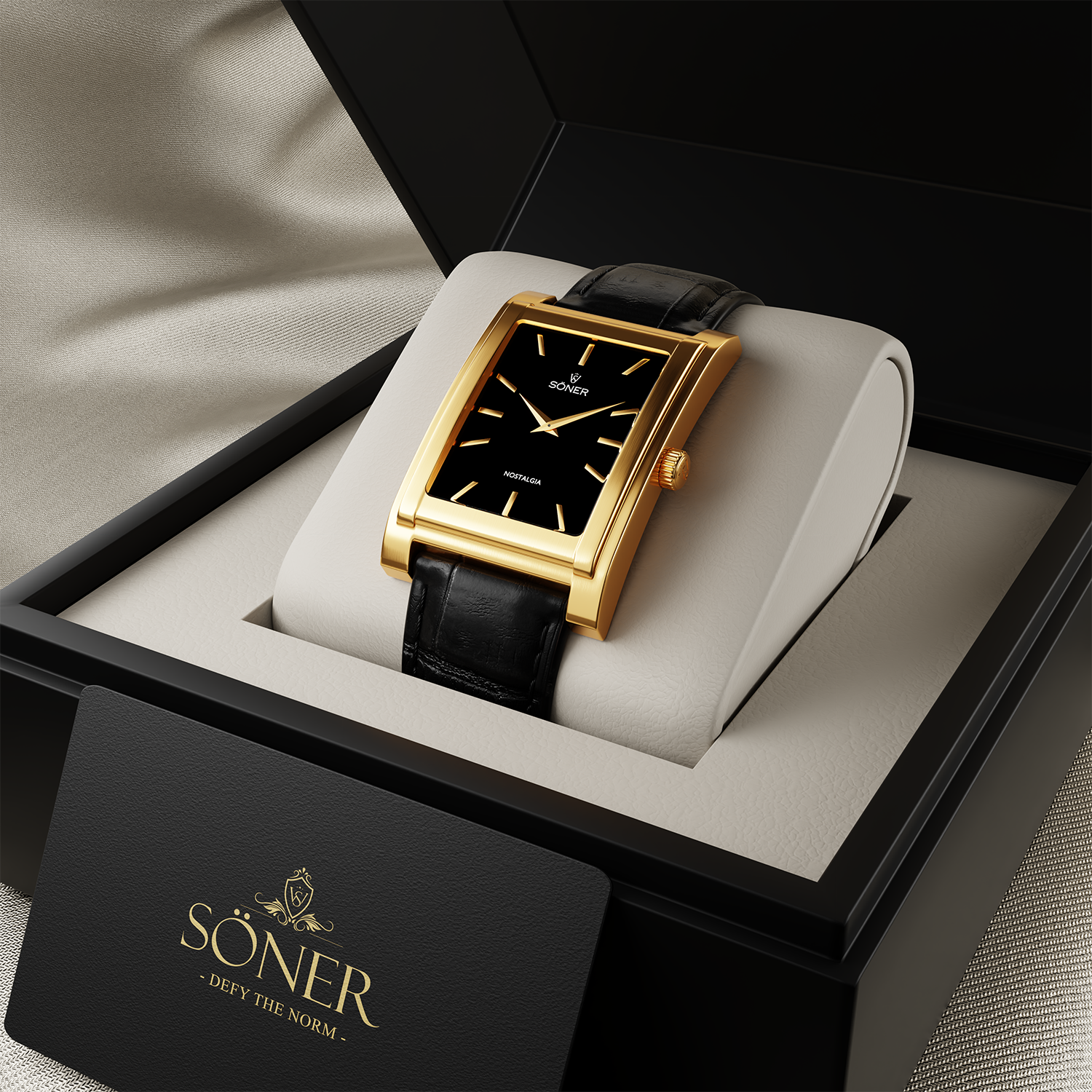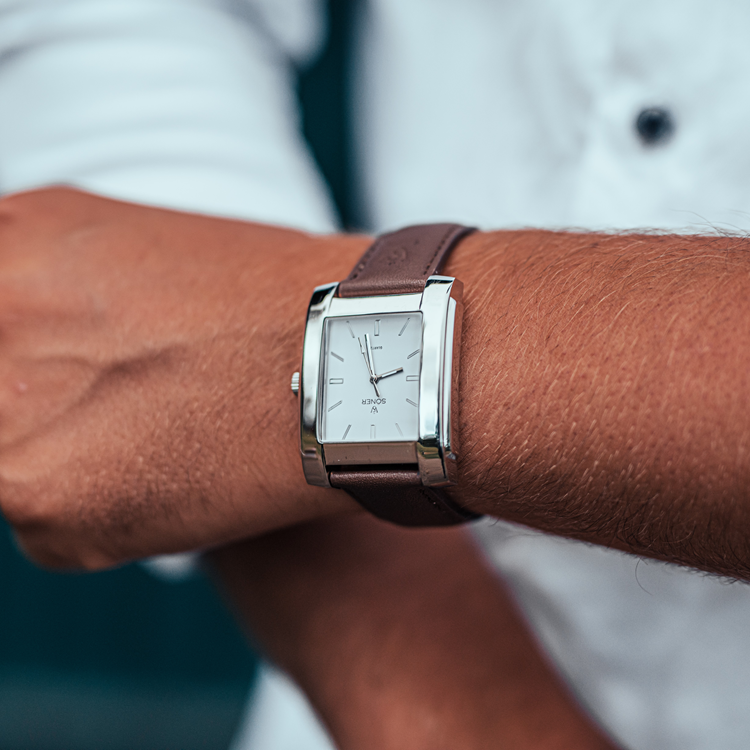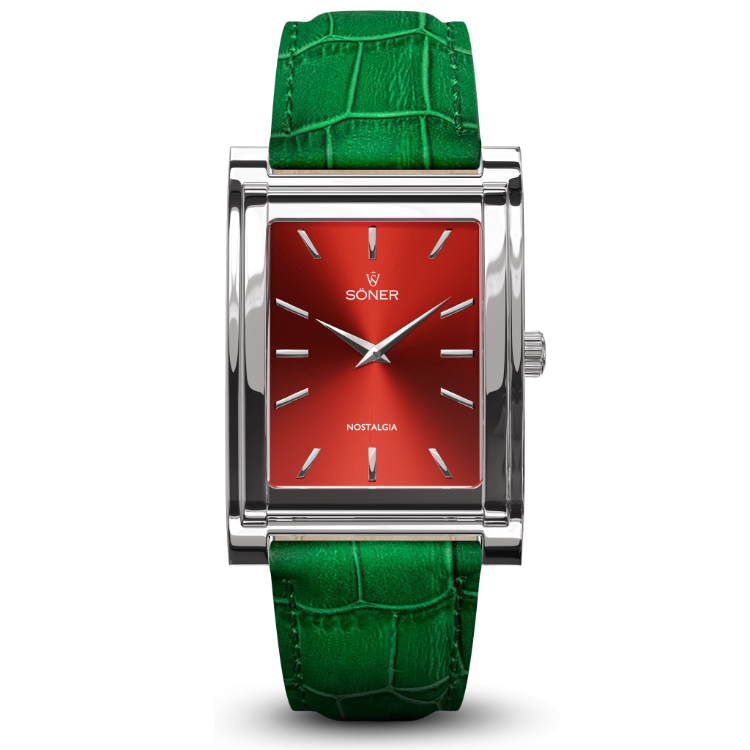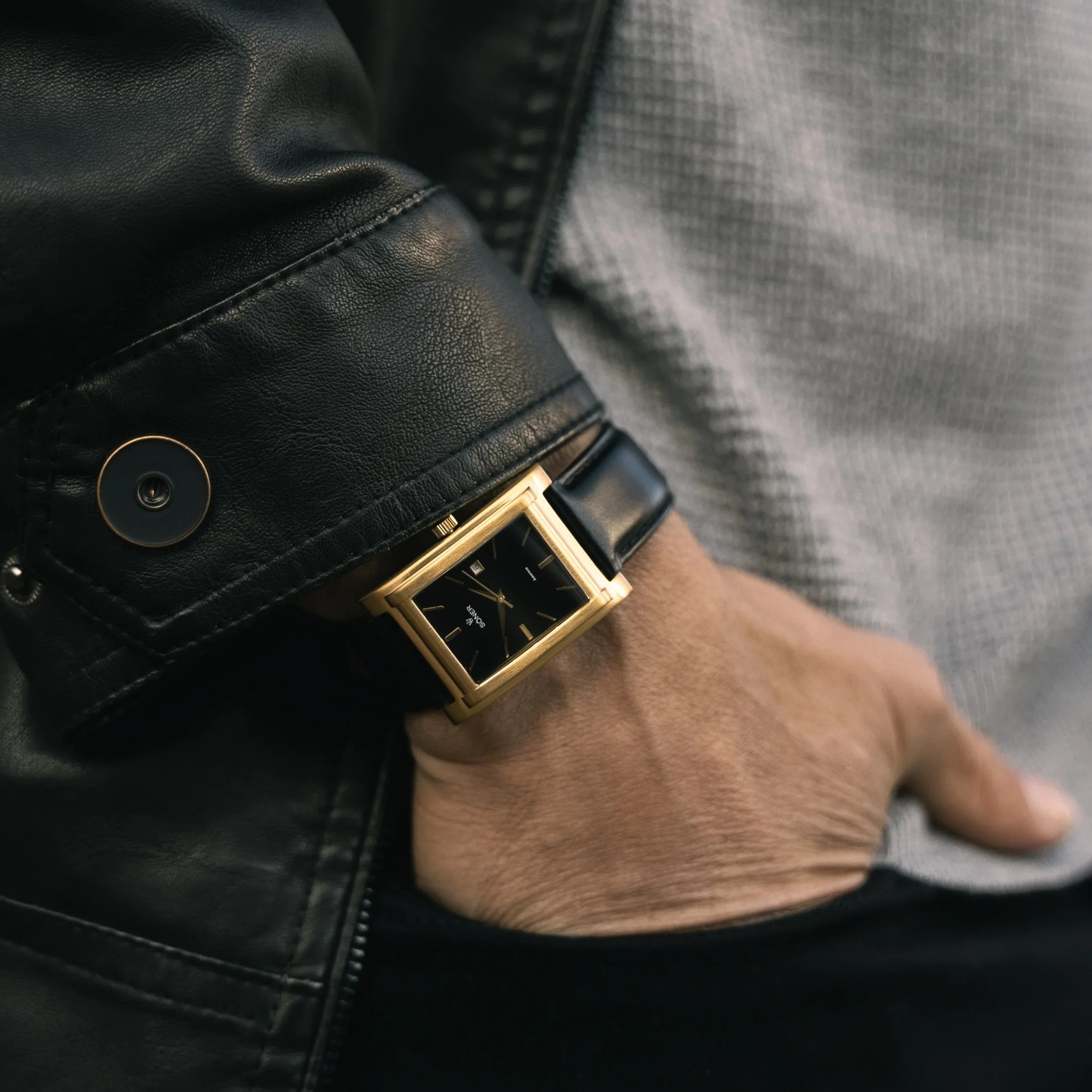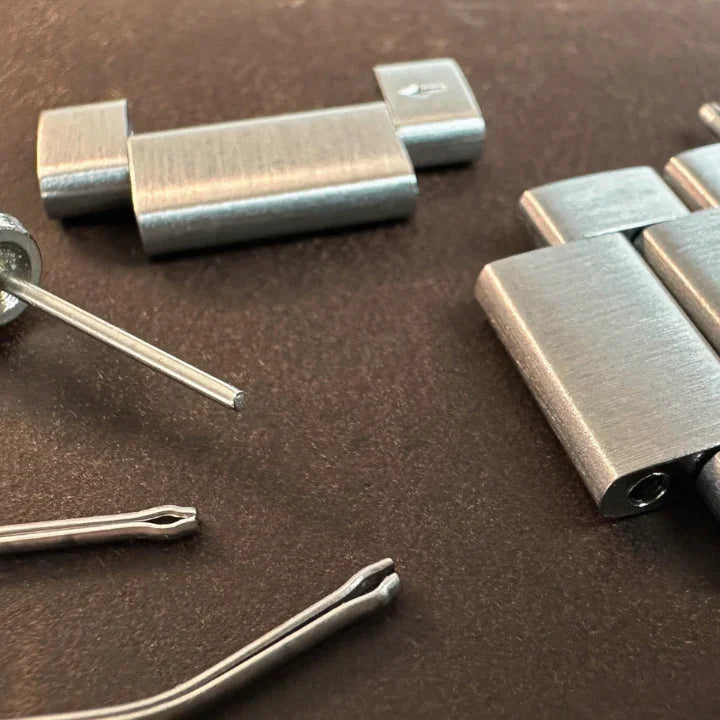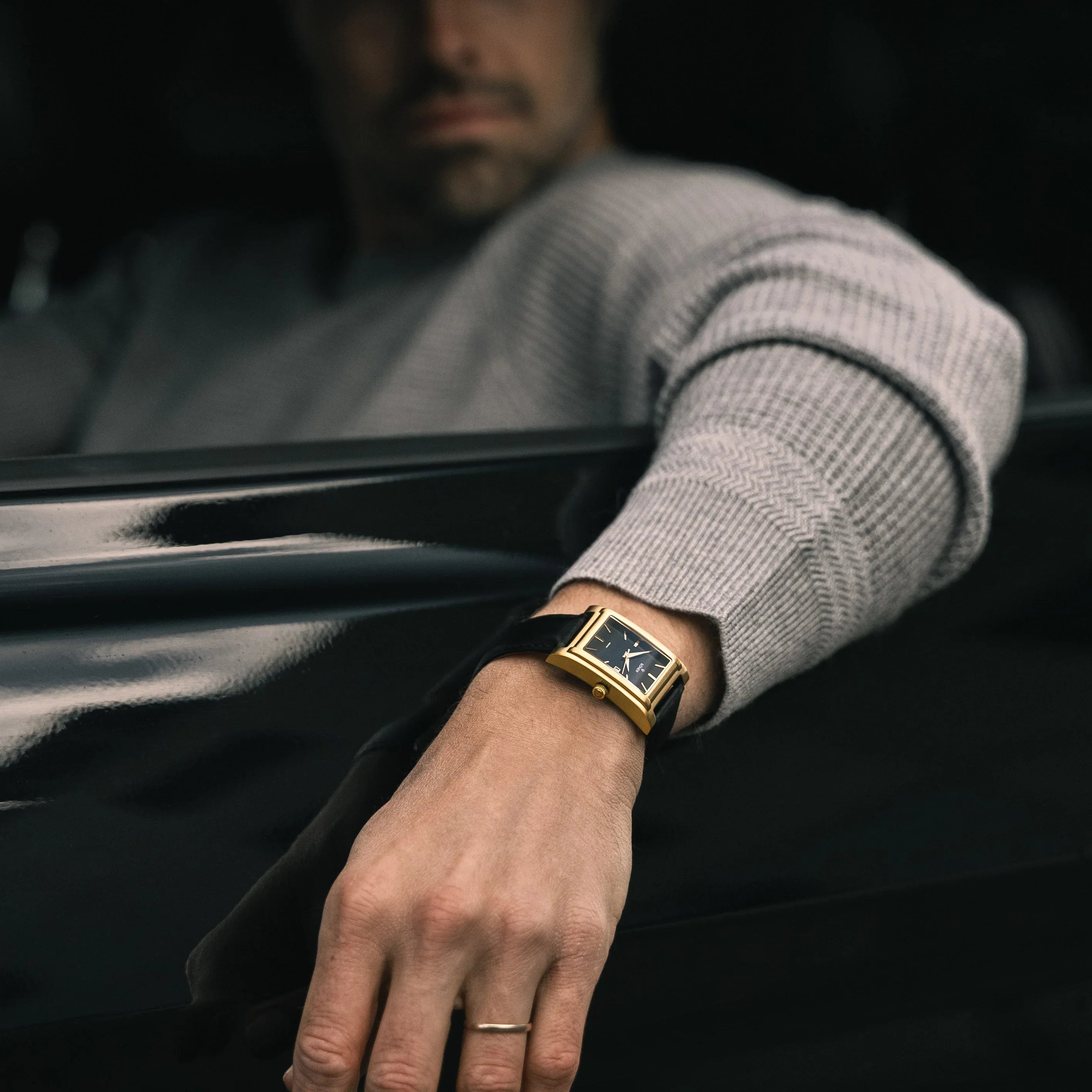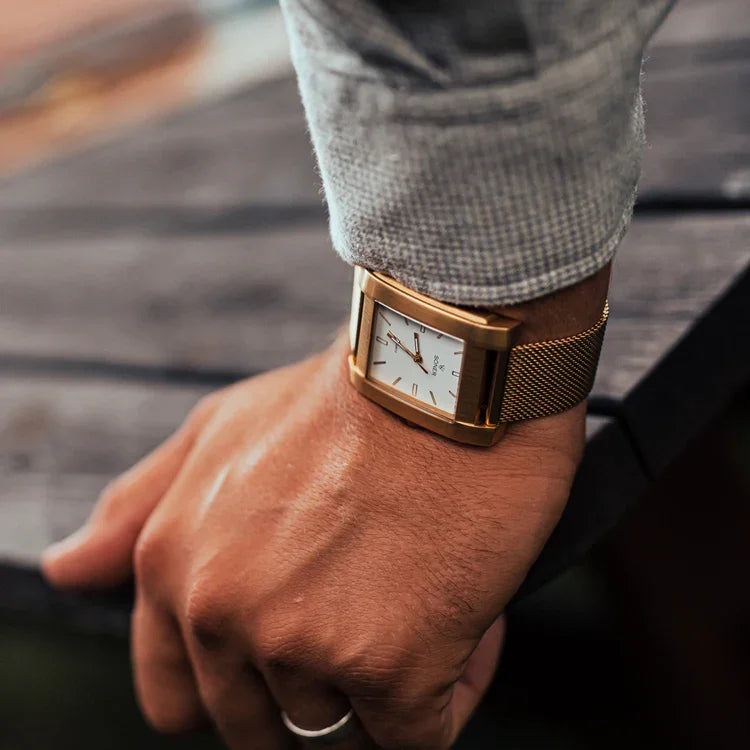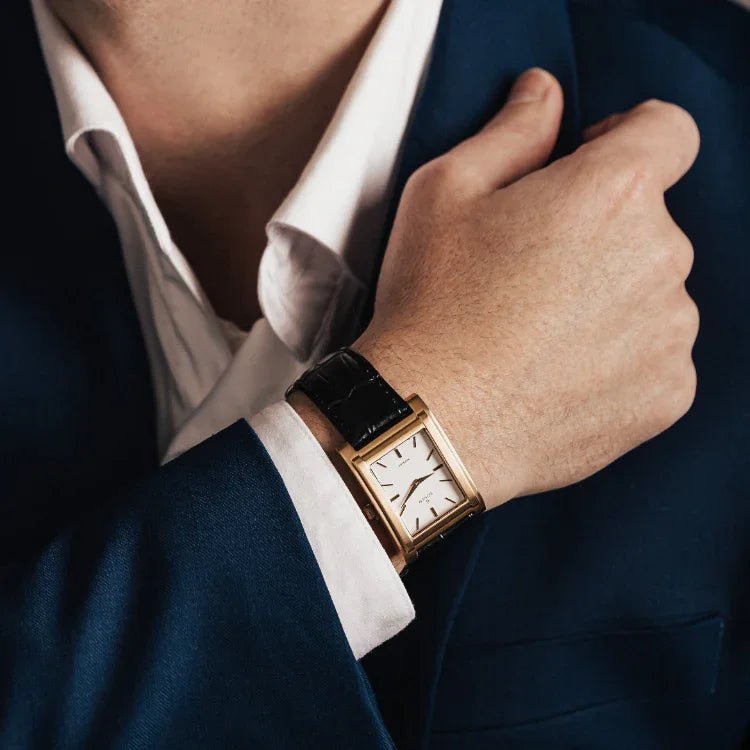Table of Contents
Important Part Automatic Watch
"A man with a watch knows what time it is. A man with two watches is never quite sure." – Lee Segall
Automatic watches have always been a marvel of engineering, but when it comes to understanding these intricate timepieces, one question stands out: What is the most important part of an automatic watch? It's not just about keeping accurate time—there’s a lot more going on beneath the dial. In fact, the answer may surprise you!

The Heart of an Automatic Watch: The Movement
The most important part of an automatic watch is, without a doubt, the movement. Often referred to as the "heart" of the watch, the movement powers everything. But what exactly is the movement? In simple terms, it’s the engine that drives the hands and complications of the watch.
An automatic movement uses a rotor that winds the mainspring as you move your wrist. Unlike quartz watches that rely on batteries, automatics are purely mechanical. The movement is made up of hundreds of small parts that work together to keep time accurately. It's a complex piece of machinery, but it’s also what makes automatic watches so fascinating and valuable.
Why the Movement Matters Most
The quality of the movement determines several key factors:
- Accuracy: A well-crafted movement ensures that your watch keeps time as precisely as possible. Although no mechanical watch is as accurate as a quartz watch, high-quality movements can minimize deviation to just a few seconds per day.
- Power Reserve: The movement affects how long the watch can run without being worn. A good movement typically offers a power reserve of 40–50 hours. Some luxury watches can last even longer, up to 80 hours.
- Durability: A well-designed movement can withstand years of wear. Watches with reliable movements are often passed down through generations, which adds to their value.

As trends shift, more men are opting for automatic watches with unique designs, such as rectangular cases. Brands like Söner Watches have been leading the charge, offering watches that stand out in both form and function.
The Balance Wheel: The Watch’s "Heartbeat"
If the movement is the heart, then the balance wheel is the heartbeat. This tiny component oscillates back and forth, controlling the release of energy from the mainspring. Every tick of the balance wheel is what moves the hands forward, second by second. It's an essential part of the movement and contributes significantly to the accuracy of the watch.
Think of it as the pulse of the watch. The smoother and more consistent the oscillations, the more accurate your timepiece will be. Watches with higher beats per hour (BPH) are generally more precise, as the balance wheel ticks more frequently, breaking time into finer increments.
Jewels: The Unsung Heroes
You’ve probably heard about a watch having "17 jewels" or "21 jewels." These aren’t diamonds or gemstones for decoration. Instead, they are synthetic ruby or sapphire bearings placed at key points in the movement to reduce friction. These jewels help to keep the movement running smoothly and increase its longevity.
While jewels don’t directly affect the accuracy of the watch, they are crucial for durability. More jewels often mean a more complex movement, and high-end automatic watches can feature 30 or more jewels in their design.
Watch enthusiasts are increasingly valuing these details. Brands like Söner Watches craft their timepieces with precision-engineered movements that incorporate these essential elements. The result? A watch that not only looks good but performs exceptionally well for years to come.

Craftsmanship: It’s All in the Details
When discussing the most important part of an automatic watch, we can’t overlook craftsmanship. Every detail, from the way the movement is assembled to the finishing on the components, adds value to the timepiece. High-end movements are often hand-assembled by skilled watchmakers, who ensure that every part works in harmony.
Even the materials used play a role in the watch’s overall quality. Many automatic watches feature movements made of premium metals, like stainless steel or rhodium-plated brass, which resist wear and tear. These materials not only enhance the durability of the watch but also contribute to its aesthetic appeal.
How Trends Influence Movement Design
With more men gravitating towards minimalist designs, the focus has shifted toward movements that complement simple, clean dials. A movement that allows for a slim case profile without sacrificing accuracy is highly desirable in today’s market. Rectangular watches, in particular, are making waves in the industry as they offer something different from the traditional round cases.
This modern trend is reflected in collections like Söner Watches, where the emphasis is on combining classic movement technology with contemporary, minimalist designs. These watches aren't just about function; they make a bold style statement as well.

Final Thoughts: The Heartbeat of Your Watch
So, what is the most important part of an automatic watch? It all comes down to the movement. This intricate mechanism is what powers your watch, ensures its accuracy, and, ultimately, reflects the level of craftsmanship in your timepiece. From the balance wheel to the jewels, every component plays a vital role.
If you’re looking for an automatic watch that combines exceptional movement with cutting-edge design, consider the collections offered by Söner Watches. With their focus on both form and function, these watches provide not only precise timekeeping but also unmatched style.





